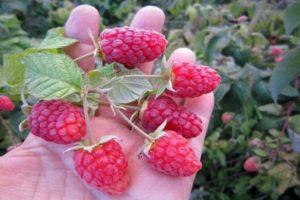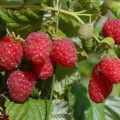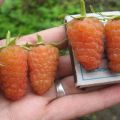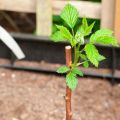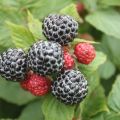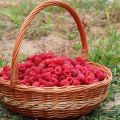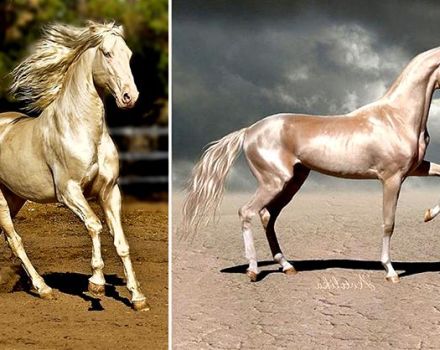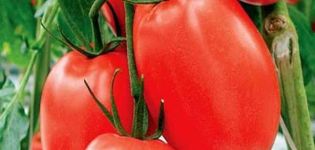Description and characteristics of the Penguin raspberry variety, planting and care
Raspberry remontant early ripe Penguin bred by breeders in 2006. The variety is highly productive, the berries are fragrant, large. The penguin is able to become a decoration of the personal plot. Excellent immunity and the plant's ability to quickly adapt to new conditions is a competitive advantage of the variety. The variety is suitable for cultivation in the middle zone of our country. Suitable for beginner gardeners, not picky about agricultural technology and growing conditions.
Description of the variety
Penguin is a domestic selection of raspberries. The bush is small, compact, standard type, the maximum plant height is 1.5 meters. The plant does not require trellises, the stems are firm, powerful, do not break or bend under the weight of the crop.
Characteristics of the raspberry penguin
Variety Penguin - large-fruited remontant raspberry, capable of bearing fruit until autumn, includes the following description of the productive variety:
- early ripe variety - bears fruit from the end of spring;
- high yield - up to 6 kilograms of berries from one bush per season;
- large-fruited and aesthetic appearance of the fruit;
- the berries are elastic, with small seeds, do not wrinkle during transportation;
- the foliage of the bushes is strong, the internodes are short;
- withstands frosts down to -25 C, requires shelter for the winter;
- resistance to fungal diseases;
- the thorns on the stems are large, frequent, dark in color;
- fruits are dark crimson with intense aroma.
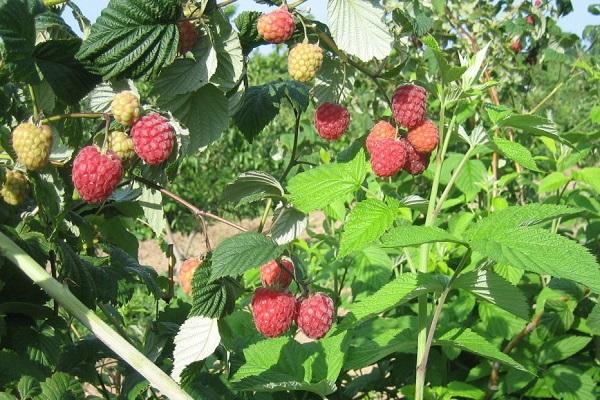
There is a yellow-fruited variety - the Yellow Penguin. This species is highly decorative. Bright yellow-orange fruits adorn the plantings, add variety to the raspberry rows.
On a note! The yellow penguin has the same characteristics as the classic version, but differs in the worst transportability and keeping quality of fruits.
King penguin is another type of remontant variety, characterized by improved taste qualities of ripe fruits, the plants are more vigorous.

Main advantages and disadvantages
The Penguin raspberry variety requires minimal maintenance, and with relatively little labor, the gardener gets a large harvest of fragrant sweet berries. The main advantages of the variety include:
- high transportability of ripe berries;
- compact raspberry bushes, branches do not break under the harvest;
- yield and large-fruited;
- does not give overgrowth, does not require a garter to the trellis;
- resistance to infectious diseases and pests.
There are few disadvantages of the Penguin raspberry variety, they include:
- the presence of large frequent thorns on the stems of the plant;
- low winter hardiness - requires shelter for the winter, not suitable for the northern regions;
- the declared harvest is obtained with a one-year technology, in the second year the bushes begin to hurt, the number of fruits decreases markedly.
The taste of the berries depends on the composition of the soil and the type of fertilizer applied. Gardeners note the sourness in ripe fruits. This taste characteristic is not a disadvantage of the plant - it all depends on the taste preferences of different people.
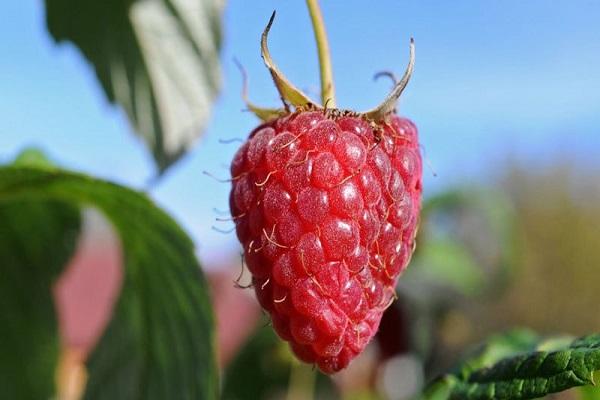
How to grow a variety
The technology of growing raspberries Penguin is simple. The main thing is to properly prepare the site for planting plants and choose healthy seedlings. The more sun ripening fruits receive, the tastier and more aromatic the berries will be.
Dates and place of landing
Raspberries are planted in the garden in early spring or late autumn. The place is chosen on a hill, without drafts. Chernozem, loam with neutral acidity is the best option.
Important! Observe the crop rotation - raspberries should not be planted after nightshade crops.
Spring planting of Penguin raspberries is preferable. The seedlings will take root faster and easier, the crop will be harvested twice a season.

Selection of seedlings
When choosing seedlings, you need to pay attention to the root system of young plants. In raspberries, the root system is branched, consists of a large number of small thin roots. There should not be any windy roots.
At the base of the seedling there should be young shoots - buds. A healthy plant should have at least three of them. It is necessary to purchase planting material in proven places: specialized nurseries and shopping centers. The risk of buying diseased seedlings in this case is minimal.
Site preparation
Preparatory work begins in advance. The soil must be dug up and loosened, removing the weeds. The optimum digging depth is 30 centimeters.
Mineral and organic fertilizers are required under raspberry plantations. Rotted manure, humus, in combination with wood ash and superphosphate, is an excellent nutritional aid for the future harvest.

Step by step process
Planting scheme for raspberry seedlings - 80 centimeters between bushes, 1 meter - distance between bushes. The sequence of actions is as follows:
- dig holes 50 centimeters deep, observing the row and distance between the bushes;
- at an angle of 45 degrees, place the young plant in the hole;
- gently straighten the roots, preventing them from bending;
- cover the plant with soil and tamp;
- cut the seedling, the height of the plant should be 7 centimeters;
- water each bush under the root with warm water;
- sprinkle the surface with peat or sawdust.
Penguin raspberries grow quickly. Within a week, you can see the first increase in plant growth.
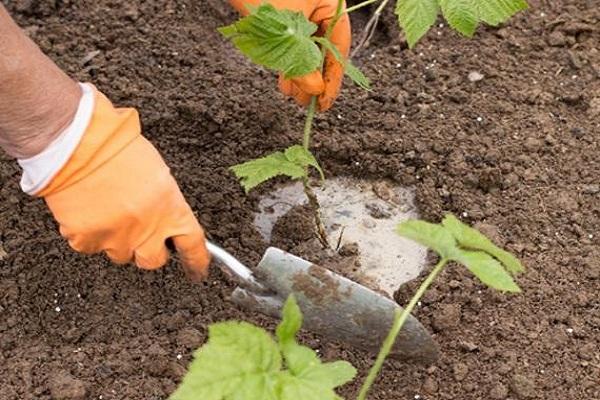
The nuances of caring for raspberries
Despite the unpretentiousness of the variety, it is recommended to observe the planting dates and the rules for caring for raspberry plantings. Raspberry Penguin needs regular feeding and loosening of the soil.
Watering
On average, raspberry beds are watered once a week. The regularity of watering depends on the weather and air temperature. The soil must be moistened to a depth of 40 centimeters. Mulch retains moisture in the soil longer. Raspberries do not tolerate dry days.
Drip irrigation system is a convenient and correct option for watering raspberry bushes. Irrigation is carried out early in the morning or late in the evening.
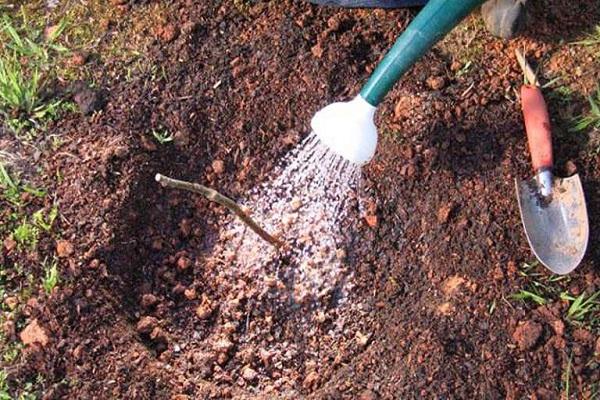
Pruning
Pruning of plants is carried out in two stages - in early spring and in autumn, after the last harvest.
April pruning is sanitary. It is necessary to remove the diseased, dried and not survived the winter branches. The procedure activates metabolic processes in plants, is a prophylaxis against diseases and helps to increase the yield of raspberry bushes.
In the fall, all fruiting stems of remontant raspberries are cut with shears at the root.Young healthy annual shoots are left for the next season, the optimum plant height is 8-10 centimeters.
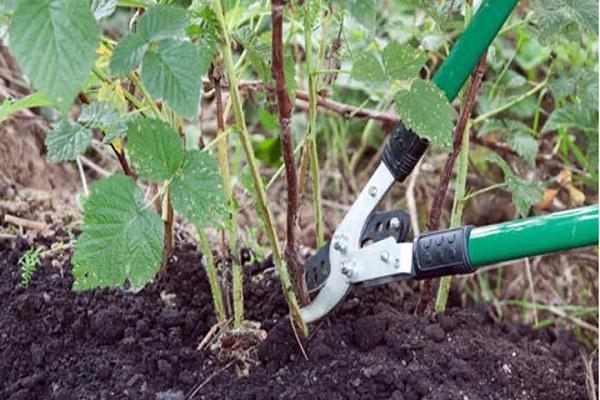
Top dressing
The main type of feeding for raspberry bushes is root. In early spring, plants need potassium and phosphorus. Watering with ammonium nitrate solution can be done in early April.
The next top dressing is applied immediately before flowering begins. Plants grow buds, nutrients should be enough for the formation of ovaries. Watering - with superphosphate in a ratio of 3 tablespoons per 10 liters of water. In addition to watering, each bush is sprinkled with humus or peat on top.
After harvesting, raspberries must be watered with an aqueous solution of wood ash: 1 glass of ash per 10 liters of water.
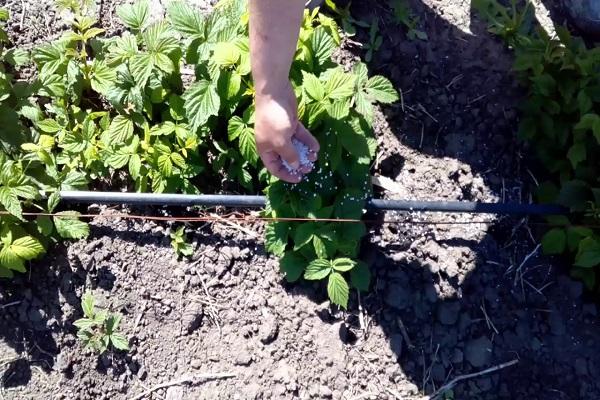
Garter
The raspberry variety Penguin does not require a garter. But many gardeners still arrange plantings with a garter on trellises. This makes it more convenient to harvest berries and easier to serve the raspberry bushes. Many gardeners in this way separate young shoots from fruiting ones. It is convenient to tie up raspberries when they are grown for two crops.
Shelter for the winter
Winter with little snow and the absence of shelters for the raspberry tree can cause the plantations to freeze out completely. Raspberry bushes are cut off completely and sprinkled with humus on top, covered with spruce branches. You can use a special covering fabric - agrofiber.
Fight ailments and insects
Stable immunity to many diseases is genetically incorporated in the Penguin remontant raspberry variety. But with poor care and cold summers, the plant can get sick. The main ailments of the Penguin are gray rot, root cancer and anthracosis. Of the pests, raspberries are most often attacked by the raspberry stem fly and the raspberry beetle.
The treatment of bushes with fungicides is carried out twice a season - before the beginning of flowering and after the last harvest. Bordeaux liquid is a proven drug against raspberry diseases. From folk recipes, it is recommended to plant dill or wormwood next to raspberry beds. These plants repel pests with strong odors.

Reproduction of culture
Cutting is the only possible way to reproduce the Penguin raspberry variety. The bushes have few basal shoots. The optimum length of cuttings is 15-20 centimeters, healthy leaves are left, yellowed ones are removed.
Next, the trim is placed in a container of water for a day, you can add a growth stimulator of the root system. Then the plants are planted in pots, under a jar or in a greenhouse.
When the seedling gains strength, it will grow new foliage - it can be transplanted to a permanent place.

Collection and storage of berries
After the beginning of flowering, after four weeks, around the beginning of June, the raspberries ripen. It becomes easy to separate them from the bush, they acquire a characteristic aroma and become deep red in color.
Gather raspberries by hand into wicker baskets. The berries must be ventilated. The fruits are sorted, rotten and overdried berries are removed. Do not pick raspberries immediately after watering. The berries will juice quickly.
Raspberries of the Penguin variety are distinguished by good transportability and high quality berries, the fruits are large, juicy and elastic at the same time.
The Penguin repair raspberry is a unique variety. The plant has important advantages: large fruits, high yields and strong immunity. The variety is easy to care for, not picky about the soil, and in the first year it is able to give a good harvest to a novice gardener.

